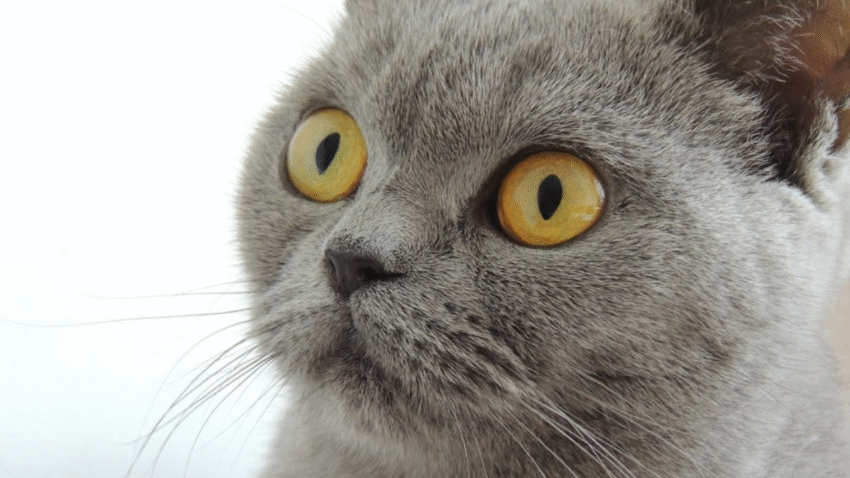Introduction
Training a cat might seem like a challenge, but the key to success lies in rewarding the behavior you want to see more often. Unlike dogs, cats respond best to subtle, consistent reinforcement. In this guide, you’ll learn how to reward good behavior in cats effectively—helping you build trust, encourage learning, and shape positive habits through simple, proven techniques.
Why Rewarding Good Behavior Works
Cats are independent creatures, but they’re also smart and highly observant. When you reward good behavior consistently, you help your cat understand:
- What behaviors are desirable
- What actions earn positive attention
- That learning and cooperation can be enjoyable
Whether you’re litter training, teaching them not to scratch furniture, or encouraging calm interactions with guests, rewarding good behavior is the most effective training tool in your toolbox.
Step-by-Step Guide to Rewarding Good Behavior
Step 1: Identify the Behavior You Want to Encourage
- Be specific. Instead of just rewarding your cat for being “good,” focus on actions like:
- Using the litter box correctly
- Scratching a post instead of furniture
- Staying calm during grooming
- Coming when called
- Playing gently
When you know exactly what behavior to reward, training becomes clearer for both you and your cat.
Step 2: Choose the Right Reward
Not all cats are motivated by the same things. Find out what your cat responds to best:
- Food rewards: Small, soft treats, bits of cooked chicken, or lickable treats
- Praise: Calm verbal encouragement (some cats love being talked to!)
- Affection: Petting, ear rubs, or head scratches
- Play: A short burst of their favorite game or toy
Use what your cat loves most as the primary reward for positive behavior.
Step 3: Use Immediate Reinforcement
- Timing is everything. Give the reward within 1–2 seconds of the behavior you want to reinforce.
- This helps your cat make the connection between the action and the reward.
- Example: If your cat scratches the post instead of the couch, reward them right then with praise and a treat.
Step 4: Be Consistent
- Consistency builds understanding. If you only reward good behavior occasionally, your cat may not learn which behaviors are beneficial.
- In the early training phase, reward every time the behavior happens. Once it’s a habit, you can switch to intermittent rewards to maintain it.
Step 5: Pair Rewards with a Marker Cue (Optional)
- Using a clicker or a verbal cue like “Yes!” can help mark the exact moment your cat does the right thing.
- Over time, your cat will understand that the sound or word means “Good job!” and a reward is coming.
Common Mistakes to Avoid
1. Rewarding the Wrong Moment
If you give a treat when your cat is meowing, pawing at you, or doing something unrelated, they may learn to repeat that behavior instead.
2. Using Too Many Treats
Over-treating can lead to weight gain. Use small, low-calorie treats, or substitute affection or play as a reward.
3. Being Inconsistent
If one person in the household rewards jumping on the counter and another discourages it, your cat will become confused. Make sure everyone is on the same page.
4. Delaying the Reward
If your reward is too late, your cat may not associate it with the behavior you wanted to encourage. Always reward immediately after the desired action.
5. Using Punishment Instead of Reward
Yelling, spraying water, or physical discipline damages trust and doesn’t teach your cat what to do. Positive reinforcement works better and builds a stronger bond.
Extra Tips & Recommendations
Tip 1: Keep Training Sessions Short
Cats have short attention spans. Aim for 2–5 minute training sessions, especially when introducing a new behavior.
Tip 2: Use Daily Moments as Opportunities
You don’t need formal training sessions all the time. Reward calm behavior during grooming, relaxed moments when guests are visiting, or quiet waiting at mealtime.
Tip 3: Gradually Increase Difficulty
Once your cat reliably performs a behavior, increase the challenge slightly. For example:
- First reward coming when called in the same room.
- Then try it from another room.
- Later, reward them for coming despite distractions.
This helps build a more reliable response over time.
Conclusion
Rewarding good behavior in cats isn’t just about handing out treats—it’s about communicating clearly, encouraging healthy habits, and building a trusting relationship. With the right reward, perfect timing, and a little patience, your cat will be more cooperative, confident, and content. Stick with it, celebrate small wins, and you’ll be amazed at what your cat can learn.
